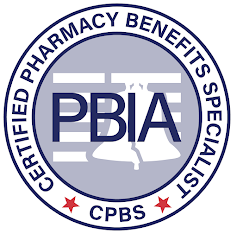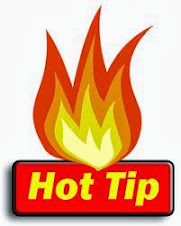Tip of the Week: Three Undervalued PBM Performance Metrics
Education has always been the key to reducing skyrocketing health care costs. So I, for one, am not disappointed by the fact Congress did not include provisions to eliminate PBM self-dealing within Medicaid managed care and Medicare Part D programs. Worse yet, commercial plan sponsors were left to themselves to deal with excessive PBM hidden cash flows without any help from the Build Back Better Act. Employers must step up and fight their own battles with the pharmaceutical manufacturers, consultants, and pharmacy benefit managers. The harsh reality is many purchasers of PBM services, and their advisors, don’t want lower drug prices if it has to come at the expense of their own profits or quality of life. Let that sink in for a moment. Here are three of the most undervalued PBM performance metrics.
1) Generic Substitution Rate or GSR is the rate at which generic drugs are dispensed in place of their brand equivalents. A 2020 analysis from Avalere Health finds 52% of Medicare Part D plans achieve generic substitution rates above 75%. In commercial plans, I would assume that number to be lower. Is there anyone, with an ownership mindset, and a hand on the big red button to say no? I can tell you that TransparentRx’s book GSR is above 98%. We are relentless in our pursuit to eliminate wasteful spending. For example, Semglee has been on our national preferred formulary for more than one year. We will remove Semglee for 2022 and replace it with unbranded Insulin Glargine. For any health plan sponsor to have a GSR below 75%, is textbook fraud, waste, and abuse.
2) Generic Dispense Rate or GDR means the percentage of all prescription drug fills that were for generics. In 2017, GDR for Medicare Part D was reported to be 82.2%. Like GSR, the GDR should be at or above 90%. Excluding Covid-19 vaccines, TransparentRx’s book is slightly above a 90% GDR. If you include Covid-19 vaccines, we are at 86% and change through 9/30. An 80% GDR, excluding for Covid-19 vaccines, is not good. In fact, it is poor. There is no excuse for it. Prescription drug cost savings are realized with increases in GDR without any downgrade in outcomes. Each 1 percentage point increase in GDR is associated with a drop of up to 2.5% in gross pharmacy expenditures. When 90% or more of your claims are for generics, half the battle for lowest net cost is won.
 |
| Click to Learn More |
3) Earnings After Cash Disbursements or EACD is what prompted the state of Ohio to terminate two PBM contracts when it uncovered close to $250,000,000 in hidden cash flows from just two PBMs in a single year. Ohio pivoted from evaluating PBM cost performance on discount guarantees and rebates to the PBM’s management fee. EACD or the PBM management fee is the amount of money a PBM is being paid to provide its services. It is only after you know how much money a PBM is taking home that you begin to realize the magnitude of overpayments. Running an efficient pharmacy benefits program requires understanding and applying EACD in your RFPs. The PBM must be willing to disclose both the source of its cash flows and the amount. If it balks, just walk away.
Twenty-years experience in HR, finance or as a broker will only get you in more trouble unless you’ve had extensive and formal PBM training from an insider. Even with formal training the road to radical transparency can still be tough. Brokers and consultants must balance the needs of their clients with those of the organization and themselves personally, for example. It is worth repeating, education has always been the key to eliminating hidden cash flows to non-fiduciary PBMs thus delivering more value through better outcomes.
In conclusion, there is enough blame to go around for all stakeholders including PBMs. Without high pharmacy benefits management acumen and strong negotiating skills, you stand little chance of eliminating overpayments to a non-fiduciary PBM. It requires supreme confidence and moxy to stay true to your convictions. That confidence stems from PBM education. Non-fiduciary PBM salespeople have been trained to push you off your spot. That’s difficult to do when you know your stuff.









